Introduction
Imagine walking through the grocery store, looking for a healthy dinner. You see the sweet potato section and think, “Maybe next time.” This is common. Sweet potatoes are often overlooked for regular potatoes, but they’re a nutritional treasure.
Sweet potatoes are not just tasty; they’re packed with nutrients. They boost your immune system, support digestion, and add color to your meals. They’re a must-have in your kitchen.
In this guide, we’ll explore sweet potatoes’ health benefits and creative uses. By the end, you’ll see why experts love these orange gems.
Table of Contents
What Are Sweet Potatoes?
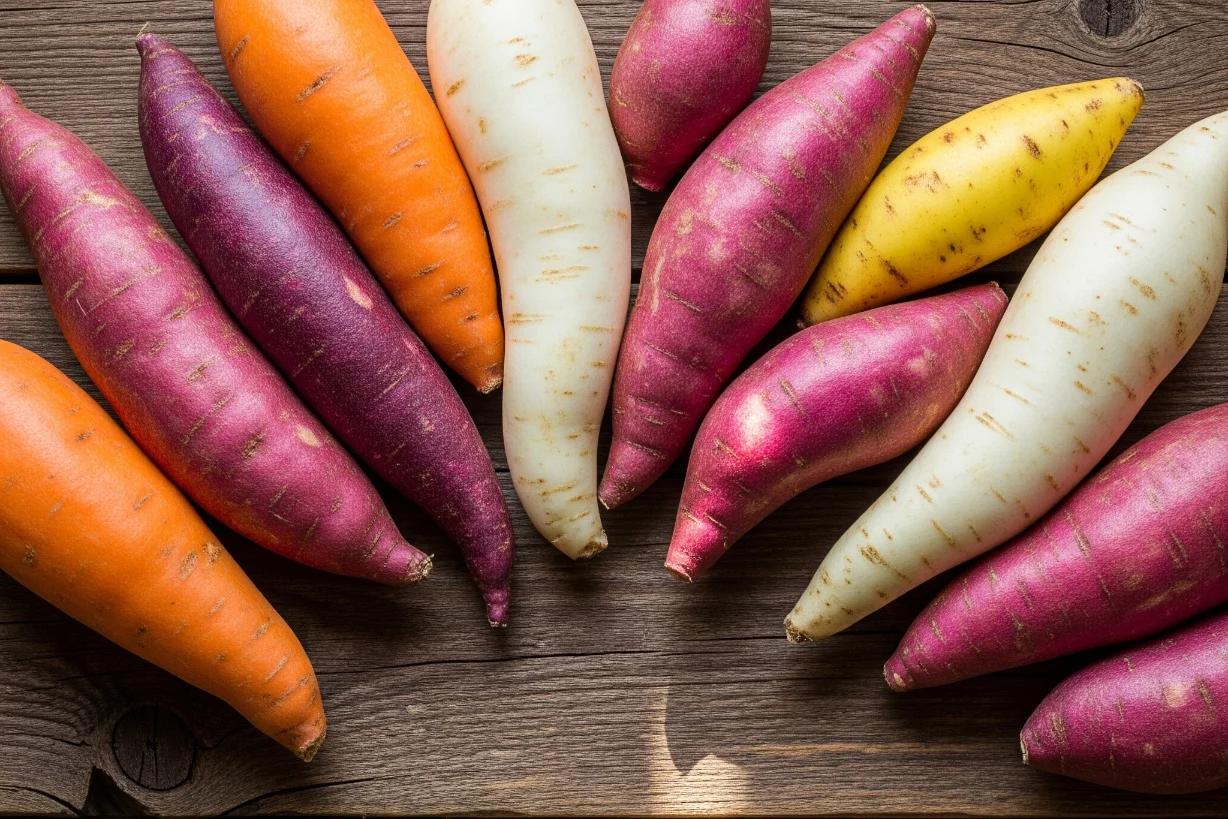
Sweet potatoes (Ipomoea batatas) are root vegetables from the morning glory family. They’re different from regular potatoes. Sweet potatoes come from Central and South America and have been a staple for thousands of years.
Here’s what makes sweet potatoes special:
🏛️ Ancient Origins: Sweet potatoes were first grown around 8000 BCE
🌍 Global Journey: Spanish explorers introduced them to Europe in the 16th century, and they spread worldwide
🎨 Variety Galore: You can find them in orange, purple, white, and yellow
📅 Year-Round Availability: Sweet potatoes are available in stores all year
🍳 Versatile Nature: They can be baked, roasted, mashed, grilled, and even incorporated into desserts.
The orange-fleshed sweet potato is common in American stores. It’s sweet and creamy. But don’t let the sweetness fool you. They’re nutritional powerhouses that can improve your health with every bite.
Nutritional Benefits of Sweet Potatoes
Rich in Essential Nutrients
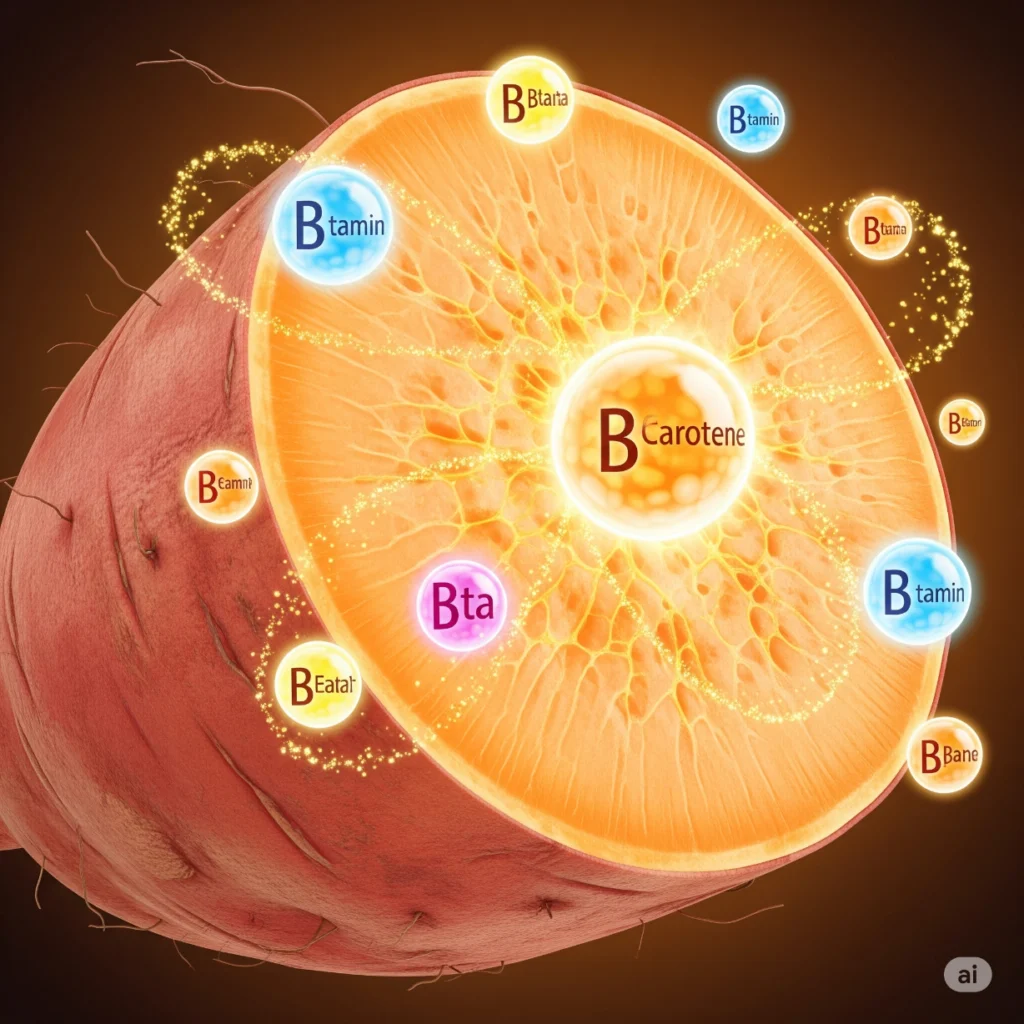
Sweet potatoes are like nature’s multivitamin, packed with nutrients your body needs. One medium-sized sweet potato (about 5 inches long) has around 112 calories. It also gives you:
Vitamin A: Sweet potatoes have over 400% of your daily vitamin A needs, mostly as beta-carotene. This antioxidant is good for your eyes, immune system, and skin. 👁️
Fiber: Sweet potatoes have about 4 grams of fiber. This helps with digestion and keeps blood sugar stable all day. 🌾
Potassium: Sweet potatoes have more potassium than bananas! This mineral is great for your heart, muscles, and blood pressure. ❤️
Vitamin C: You get about 37% of your daily vitamin C from sweet potatoes. It boosts your immune system and helps with skin health. 🍊
Manganese: This trace mineral is important for bone health, wound healing, and breaking down carbs and proteins. 🦴
Supports Heart Health and Blood Sugar Control
Recent research from Harvard Medical School shows sweet potatoes are good for your heart. Their fiber lowers cholesterol, and potassium helps lower blood pressure naturally.
Sweet potatoes are also great for blood sugar control. They have a lower glycemic index than regular potatoes. This means they raise blood sugar levels more slowly. The fiber and complex carbs give you energy without the big spikes and drops seen in processed foods.
For people with diabetes or pre-diabetes, sweet potatoes are a good choice. Just eat them in the right amounts and with protein or healthy fats.
Natural Source of Antioxidants and Anti-Inflammatory Compounds
The bright orange color of sweet potatoes means they’re full of antioxidants like beta-carotene and anthocyanins. These compounds protect your cells from damage by free radicals.
Studies in the Journal of Nutritional Science show sweet potatoes have anti-inflammatory effects. They may lower the risk of heart disease, some cancers, and neurodegenerative diseases.
Purple sweet potatoes have lots of anthocyanins, like blueberries and red wine. These antioxidants are linked to better brain function and memory as we age. Learn more about them here.
How to Add Sweet Potatoes to Your Diet
Simple Recipes for Beginners
Starting with sweet potatoes is easy. Here are some simple ways to enjoy them:
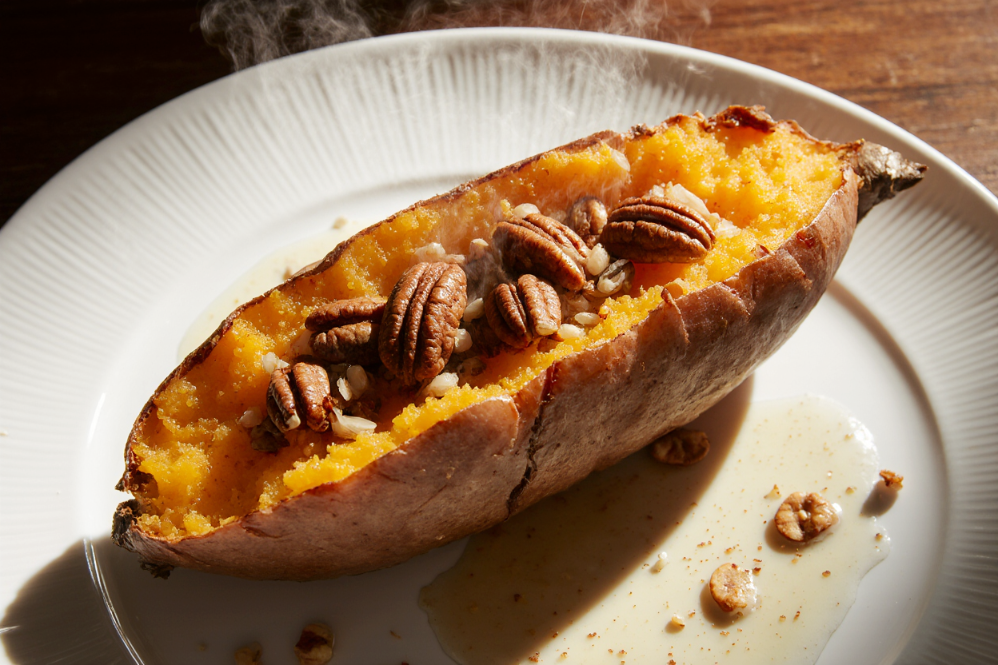
🔥 Perfect Baked Sweet Potato: Set your oven to 425°F. Prick the sweet potato several times with a fork, then bake for 45–60 minutes until soft. Finish with a drizzle of olive oil, a sprinkle of cinnamon, and chopped pecans for a delicious meal or side.
🍟 Crispy Sweet Potato Fries: Cut sweet potatoes into wedges. Toss them with olive oil and your favorite seasonings (like paprika, garlic powder, and cayenne). Roast at 400°F for 25 to 30 min, flipping halfway through.
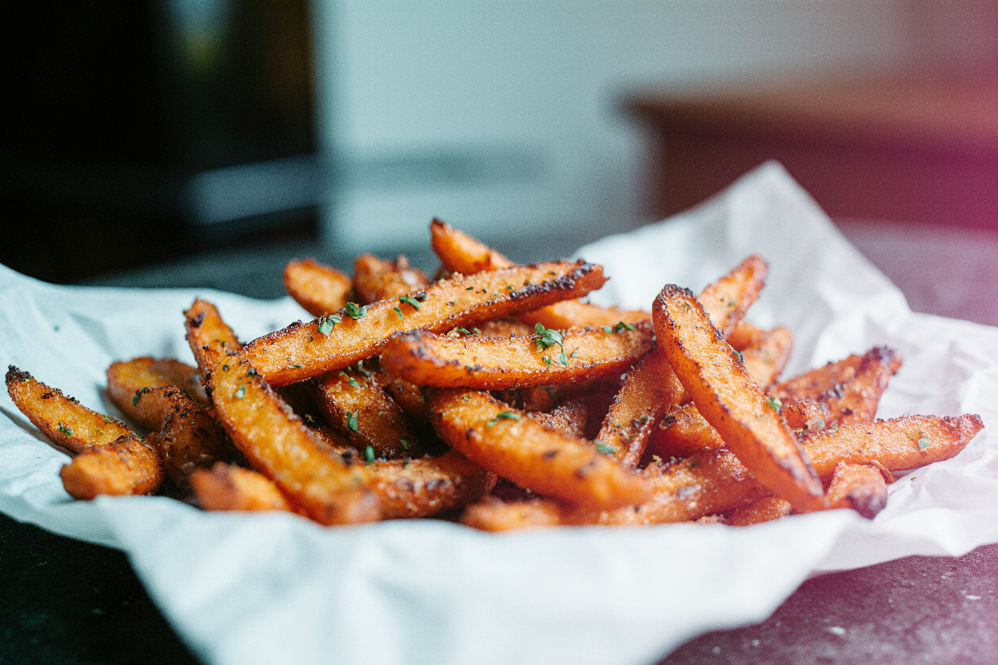
🥄 Creamy Sweet Potato Mash: Boil peeled sweet potato chunks until tender. Then, mash them with coconut milk, butter, & a bit of maple syrup. It’s a great alternative to mashed potatoes.
Creative Ideas for Every Meal
🌅 Breakfast Boost: Add roasted sweet potato cubes to your morning smoothie bowl. Or try sweet potato pancakes by mixing mashed sweet potato into your regular pancake batter.
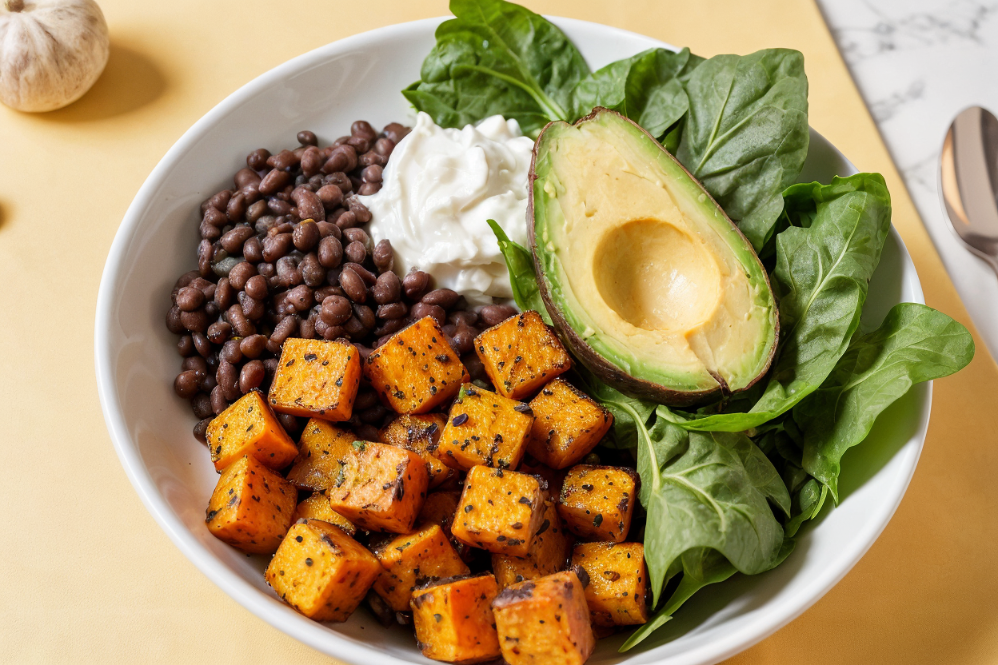
🥗 Lunch Innovation: Stuff a baked sweet potato with black beans, avocado, and salsa for a filling, nutritious lunch. Or try sweet potato and spinach quesadillas for something different.
🍽️ Dinner Delights: Use spiralized sweet potatoes as a colorful pasta alternative. Or add chunks to curries, stews, and grain bowls for extra nutrition and natural sweetness.
🥨 Snack Smart: Dehydrated sweet potato chips make excellent portable snacks. Or try sweet potato hummus for a unique twist on the classic dip.
Portion Tips and Serving Sizes
A standard serving of sweet potato is about 1/2 cup cooked or one small to medium potato (3-4 inches long). This provides approximately 50-80 calories and fits well into most balanced meal plans.
For active individuals or those with higher caloric needs, a whole medium sweet potato makes a perfect post-workout snack when paired with a protein source. The natural sugars help replenish glycogen stores, while the nutrients support recovery.
Are There Any Side Effects or Allergies?
Sweet potatoes are generally safe and well-tolerated by most people, but there are a few considerations to keep in mind:
Oxalate Content: Sweet potatoes contain moderate levels of oxalates, which can contribute to kidney stone formation in susceptible individuals. If you have a history of calcium oxalate kidney stones, consult with your healthcare provider about appropriate portion sizes.
Blood Sugar Considerations: While sweet potatoes have a lower glycemic index than regular potatoes, they still contain carbohydrates that can affect blood sugar. People with diabetes should monitor their response and work with their healthcare team to determine appropriate portions.
Digestive Sensitivity: Some people may experience mild digestive discomfort when first introducing sweet potatoes, especially in large quantities. Start with smaller portions and gradually increase as your digestive system adapts.
According to the Mayo Clinic, true sweet potato allergies are rare, but they can occur. Symptoms might include itching, swelling, or digestive upset. If you suspect an allergy, discontinue use and consult with an allergist.
Read also: How to store fresh blueberries Your Complete Guide to Keeping Them Fresh Longer
How to store fresh blueberries Your Complete Guide to Keeping Them Fresh…
Fun Facts About Sweet Potatoes
Here are a few fun facts that will make you love sweet potatoes even more:
🚀 NASA Connection: Sweet potatoes are under research as a possible staple for long-duration space missions because of their high nutritional value and excellent storage properties.
🎨 Color Variety: While orange is most common, sweet potatoes come in purple, white, yellow, and even striped varieties, each with slightly different nutritional profiles
🥔 Not Actually Potatoes: Despite the name, sweet potatoes are more closely related to morning glories than to regular potatoes
🏺 Ancient Superfood: Sweet potatoes were already being cultivated when Europeans arrived in the Americas – they’re truly one of humanity’s oldest cultivated foods
👁️ Vitamin A Champion: One sweet potato contains more vitamin A than you’d get from 23 cups of broccoli
📦 Storage Stars: Properly stored sweet potatoes can last 2-3 weeks at room temperature, making them incredibly practical for meal planning
🌍 Global Staple: Sweet potatoes are the seventh most important food crop in the world, feeding millions of people daily
Sweet Potatoes in Different Cultures
Sweet potatoes are loved worldwide, with each culture adding its own twist. They are a key part of many cuisines.
Japan: In Japan, roasted sweet potatoes called “yaki-imo” are a favorite. Street vendors sell them, especially in cold months. Japanese purple sweet potatoes are loved for their color & taste.
Peru: Peru is where sweet potatoes first grew. They have many varieties, like “camote relleno” (stuffed sweet potato). Markets show off sweet potatoes in many colors.
United States: Sweet potatoes are more than just Thanksgiving treats. They’re used in pies and breakfast dishes. The South loves them in biscuits and casseroles.
Africa: Sweet potatoes are key in many African countries. They help fight vitamin A deficiency. Organizations promote them across Africa.
Where to Buy and What to Look For
Fresh vs Frozen vs Dried
Fresh Sweet Potatoes: Pick firm ones without soft spots. The skin should be smooth. Fresh ones taste best.

Frozen Options: Frozen sweet potatoes are quick for meals. They’re good in stews and roasted dishes, but softer than fresh.
Dried Varieties: Dehydrated sweet potato chips are great snacks. Look for ones without added sugars or oils. They’re perfect for baking or trail mixes.
Organic Options
Choosing organic sweet potatoes is a good idea. They have fewer pesticides. Organic ones are often the same price as regular.
Even though sweet potatoes have thick skin, eating the skin is nutritious. Organic might be worth it for this reason.
Trusted Sources and Storage Tips
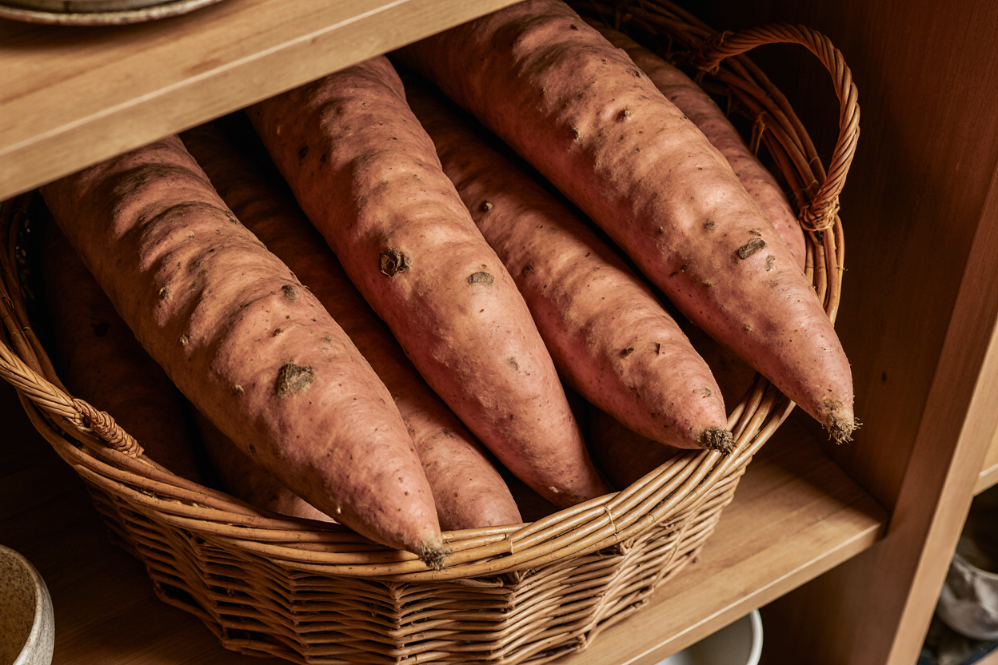
Farmers Markets: Local markets have unique sweet potatoes. You can also get tips on how to prepare them.
Grocery Stores: Most supermarkets have sweet potatoes all year. Find them near regular potatoes and onions.
Storage Wisdom: Keep sweet potatoes in a cool, dark place. Not in the fridge. They last 2-3 weeks this way.
Final Thoughts
Sweet potatoes are superfoods. They’re full of vitamin A, fiber, and antioxidants. They’re also very versatile in cooking.
They’re great for your immune system and energy. Their sweetness is loved by kids and adults. They’re also good for active people.
Sweet potatoes are easy to use in many ways. Bake, roast, mash, or make desserts. They’re affordable and available all year. They make simple meals special.
Ready to try sweet potatoes? Start with a baked sweet potato and your favorite toppings. Their sweetness and texture will win you over. Cultures worldwide have loved them for thousands of years.
Add sweet potatoes to your shopping list. Your taste buds and body will be grateful!

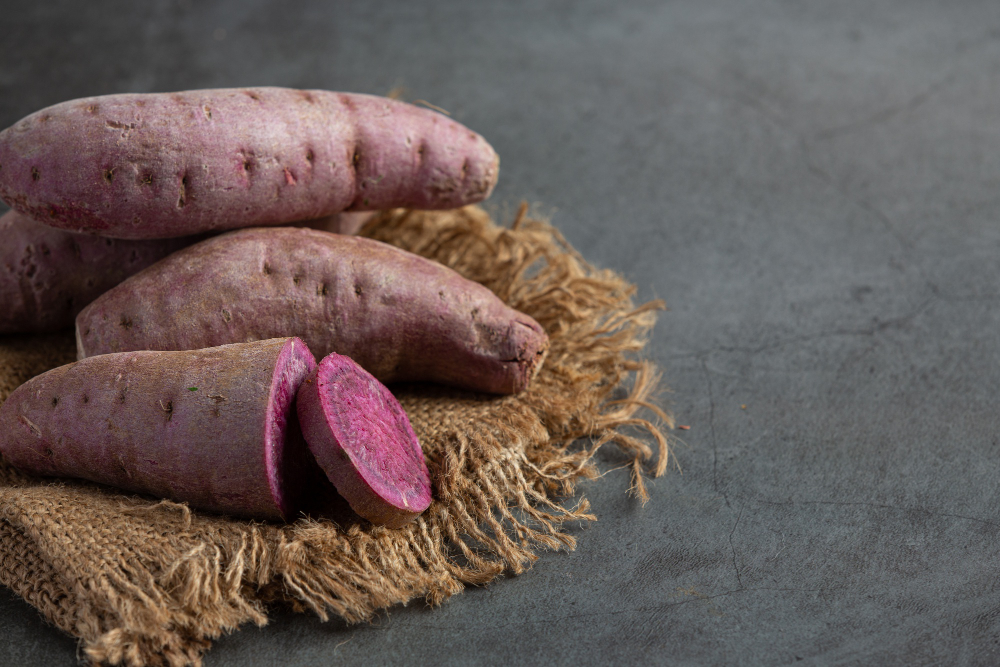
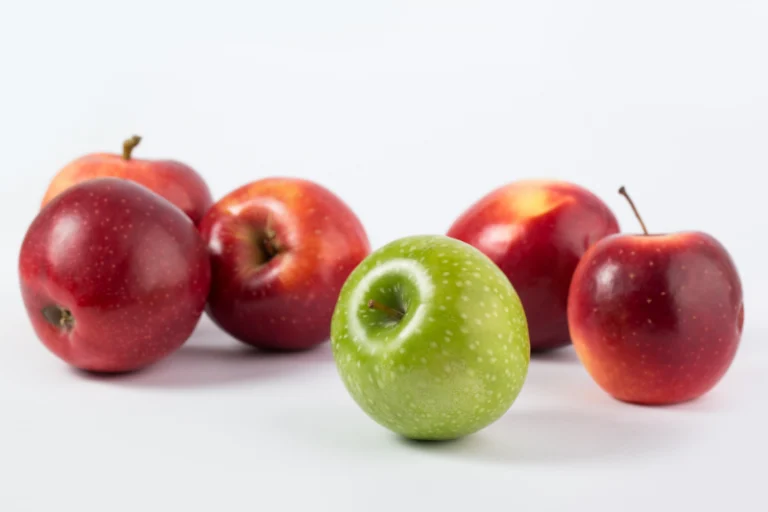

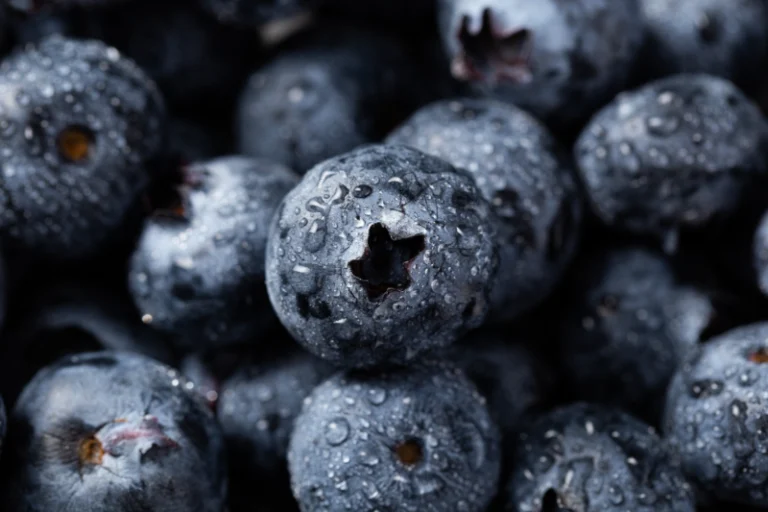




Leave a Reply